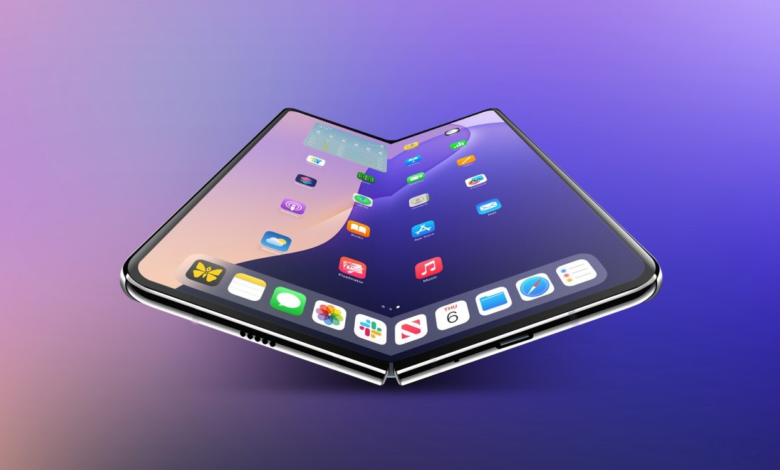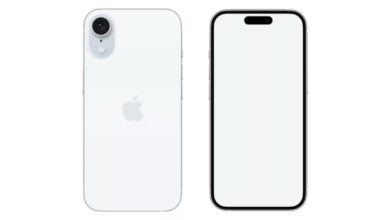iPhone Fold: Apple’s First Foldable Phone to Feature Liquid Metal Hinges

Apple is making significant strides in the foldable smartphone market with its upcoming iPhone Fold. Reports suggest that the device will feature liquid metal hinges, enhancing durability and minimizing screen creasing. Recent leaks from China provide further insights into why Apple chose this advanced material for its first foldable device.
Why Apple Chose Liquid Metal Hinges
According to the Weibo account Instant Digital, Apple has selected metallic glass (also known as amorphous metal) for the iPhone Fold’s hinge mechanism. While industry analyst Ming-Chi Kuo has previously referred to it as “liquid metal,” both terms describe the same advanced material.
Key Properties of Metallic Glass
- Superior Strength: Unlike traditional metals with a regular atomic structure, metallic glass has a disordered atomic arrangement, making it more resistant to bending, deformation, and denting.
- Harder Than Titanium: Its unique rapid-cooling process results in a material that is 2.5 times harder than titanium alloy.
- Premium Aesthetic: The smooth, glossy finish of metallic glass gives it a look similar to stainless steel, enhancing the iPhone Fold’s premium design.
- Corrosion Resistance: The material’s natural resistance to corrosion ensures that the hinge remains durable even under varying environmental conditions.
Given that the hinge is one of the most stressed components in a foldable phone, Apple’s choice of metallic glass could help reduce screen creases and maintain long-term durability.
Apple’s First Major Use of Metallic Glass in a Device
While Apple has previously used metallic glass in smaller components like SIM ejector pins, the iPhone Fold will be the first major Apple device to incorporate this material in a critical mechanical part. Reports indicate that Dongguan EonTec will be the exclusive supplier of this amorphous alloy.
iPhone Fold: Expected Features and Design
Display and Form Factor
Apple’s foldable iPhone is rumored to feature:
- 7.8-inch main display (when unfolded).
- 5.5-inch cover display for quick access to notifications and apps.
- Book-style foldable design, similar to Samsung’s Galaxy Z Fold, rather than a clamshell form factor.
Camera and Biometrics
- Dual rear cameras for high-quality photography.
- Single front-facing camera for selfies and FaceTime calls.
- Touch ID integrated into the power button, providing an alternative to Face ID.
Build and Dimensions
- Ultra-thin design – just 4.5mm thick when unfolded.
- 9mm to 9.5mm thick when closed.
Pricing and Release Date
According to Bloomberg’s Mark Gurman, the iPhone Fold is expected to launch next year with a price tag of around $2,000. Additionally, Apple is rumored to be developing an 18.8-inch foldable device, set for potential release in 2027. However, it remains unclear whether this will be a foldable iPad or Mac.
Final Thoughts
Apple’s iPhone Fold is set to push the boundaries of foldable smartphone technology. With its liquid metal hinge, premium design, and advanced durability, it could set new standards in the foldable market. While the high price tag may limit accessibility, Apple’s innovation in materials and engineering signals an exciting future for foldable devices.




